Cured or Uncured Meat: What Sets Them Apart?
Cured vs. uncured meat labels often confuse shoppers at the deli counter.
The main difference lies in the preservation methods used for each type.
Traditional curing involves salt, nitrates, and sometimes sugar to extend shelf life and enhance flavor.
Many health-conscious consumers now seek uncured options because they contain natural preservatives instead of synthetic chemicals.
Both varieties can taste delicious when prepared correctly, though their color and texture might vary slightly.
Some chefs prefer one type for certain recipes based on subtle flavor profiles and cooking characteristics.
Food safety guidelines remain important regardless of which meat you select for your meals.
Read on to learn which option might better suit your dietary preferences and culinary needs.
Cured Meats: The Overview
Cured meats are preserved products made by treating raw meat, typically pork, beef, or game, with salt, nitrates, and sometimes sugar and spices. This curing process inhibits bacterial growth, extends shelf life, and enhances flavor and texture.
Common types include bacon, prosciutto, salami, and ham. Curing can be done through dry curing, wet curing (brining), or smoking.
These meats are often enjoyed sliced thin in charcuterie boards, sandwiches, or cooked dishes, prized for their rich, savory taste and long-lasting quality.
History of Cured Meats
The history of cured meat dates back thousands of years, long before refrigeration existed. Ancient civilizations discovered that salting, drying, and smoking meat helped preserve it for extended periods, making it possible to store and transport food safely.
Early evidence of meat curing comes from Mesopotamia and ancient China around 3000 BCE, where salted and dried meats were common.
In Europe, particularly during the Roman Empire, curing techniques were refined and became an essential part of food culture.
The Romans developed advanced methods for producing cured meats like prosciutto and sausages, spreading these traditions across the continent. Over time, curing methods evolved regionally, influenced by climate, available resources, and cultural preferences.
What is Uncured Meats?
Uncured meats are meats that are preserved without the use of traditional chemical curing agents like sodium nitrite or nitrate.
Instead, they rely on natural preservation methods, often using natural sources of nitrates found in ingredients like celery powder, sea salt, or beet juice.
Despite the name, uncured meats often undergo a curing-like process but avoid synthetic additives.
Because uncured meats don’t use artificial nitrites, they are sometimes marketed as a “cleaner” or more natural option.
However, they still need to be properly handled and cooked to ensure safety. Common examples include certain types of natural bacon, sausages, and deli meats labeled as “uncured.”
Cured vs. Uncured Meat: Similarities
Pickling and fermenting share several key similarities worth noting. Both methods preserve food effectively, extending shelf life beyond what fresh ingredients offer.
They transform raw foods into new products with unique flavors that many people find delicious and appealing. During these processes, vegetables and fruits gain different textures and develop tangy tastes that add variety to meals.
The acidic environment created in both techniques helps prevent harmful bacteria growth, making food safer to eat over time.
Many cultures around the world have used these preservation methods for centuries, passing down recipes through generations.
While they work in slightly different ways, both approaches allow you to enjoy seasonal produce year-round and reduce food waste in your kitchen.
The Real Difference: Cured or Uncured Meats Explained
Comparing these two meats side by side is easy, if you know these key points. Check out this table for more insights.
| Category | Cured Meat | Uncured Meat |
| Preservatives | Contains salt and synthetic sodium nitrite | Uses natural nitrites from vegetables and more salt |
| Coloration | Keeps bright red color | Color fades, less saturated |
| Flavor | Richer, due to nitrites and spices | Milder but saltier flavor |
| Texture | Less water, denser and chewier fat | Juicier, retains more water |
| Sodium | Lower sodium from synthetic nitrites | Higher sodium from added salt |
| Shelf Life | Longer shelf life in packaging | Shorter shelf life, needs refrigeration after opening |
Preservatives
Cured meat uses salt along with synthetic sodium nitrite to preserve it and prevent bacterial growth. Uncured meat relies on natural nitrites extracted from vegetables like celery, but needs more salt to compensate for the absence of synthetic chemicals.
Flavor
Cured meat tends to have a richer taste thanks to the nitrites and added spices. Uncured meat usually tastes milder but saltier due to the higher salt content, with flavor also influenced by the choice of herbs and spices used.
Color and Texture
The red color of cured meat is maintained by the added sodium nitrite, keeping it vibrant. In contrast, uncured meat loses some of its color saturation during curing, resulting in a duller appearance.
Cured meat holds less water, which makes its fat denser and gives it a chewier texture. Uncured meat retains more moisture, making it juicier overall.
Sodium Content
Because synthetic nitrites are used in cured meat, less salt is required, resulting in lower sodium levels. Uncured meat has more salt added to make up for the natural curing agents, so it typically contains more sodium.
Shelf Life
Cured meat lasts longer while still in packaging because nitrites inhibit bacterial growth. Once opened, both cured and uncured meats must be refrigerated and consumed before their expiration dates.
Exploring Cured and Uncured Meat Varieties
Cured meat encompasses many products we often overlook as being in this category. Numerous varieties exist across various cultures worldwide, each with its own historical development.
Bacon
Bacon is a popular breakfast meat, usually made from pork belly, known for its salty, smoky, and savory flavor. Cured bacon is soaked in a salty solution with synthetic preservatives, while uncured bacon uses natural ingredients like celery juice and tends to be saltier because it stays longer in the brine.
Pepperoni
Pepperoni is a spicy and savory pizza topping made from ground beef and pork. Both cured and uncured pepperoni use nitrites, synthetic for cured and plant-based for uncured, with the uncured version usually tasting saltier.
It’s best enjoyed roasted to bring out its flavor.
Bologna
Bologna is a seasoned sausage, often made from pork, with a distinct peppery taste thanks to myrtle berries. Cured bologna uses synthetic preservatives, while uncured relies on natural ones and tends to be saltier.
The overall flavor also depends on the herbs and spices used.
Salami
Salami is an Italian sausage made from ground beef or pork mixed with fat and spices, then air-dried through fermentation. Cured salami contains synthetic nitrites, while uncured salami uses natural sources like celery juice.
The uncured kind is generally saltier, and taste varies by brand.
Prosciutto
Prosciutto is a traditional Italian ham made from a whole pig’s hind leg that is salted and air-dried, giving it a chewy texture best enjoyed thinly sliced. The difference between cured and uncured prosciutto lies in the preservatives and saltiness, with uncured versions usually being saltier but just as chewy.
Master The Art of Home Meat Curing
Meat curing has moved beyond just making food last longer and now serves as an amazing way to add rich flavors to your dishes. By trying it yourself, you can control exactly what goes into your food while learning a valuable skill that connects you to food traditions from around the world.
What You Will Need
For successful meat curing, several essential items must be on hand.
Methods
Simple home methods work wonders for meat curing and allow you to add personal flavor touches. Each technique brings its own charm to enhance your food creations, making the process both fun and rewarding.
Dry Curing
Fill half your container with salt, place the meat on top, then cover it completely with more salt and optional seasonings like black pepper. Seal and refrigerate. Wait until the meat loses about 35% of its weight, then rinse off excess salt. Add your preferred flavorings by coating the meat. If using curing mixes with nitrates/nitrites, follow package instructions carefully.
Wet (Brine) Curing
Soak the meat fully in a saltwater brine or inject the brine into the meat. Use a weight to keep the meat submerged and refrigerate. This method allows the curing solution to penetrate the meat evenly.
Combination Curing
Common for hams, this involves injecting curing mix into the meat, then placing it in a salt-filled container to cure inside and out. This speeds up curing and reduces spoilage risk.
Sausage Curing
Similar to dry curing but with ground meat mixed with curing mix and spices. Refrigerate and wait for the curing to complete before use.
Bad Signs To Look Out For
Curing meat requires care; mistakes can cause spoilage or health risks. Whether you’re new or experienced, watch for these warning signs.
Perfect Recipes Using These Meat
Making delicious protein-packed meals with these meats is easier than you might expect and can be done right at home. The perfect combination of flavors awaits in your own cooking space, so grab those ingredients and get started on a tasty creation.
Bacon And Roast Onion Salad
Salads make perfect starters before diving into the main course. Our simple recipe combines crisp lettuce, sweet peas, caramelized onions and chewy bacon pieces, all tossed in tangy Dijon mustard dressing.
This appetizer pairs wonderfully with a slice or two of freshly baked bread. The beauty lies in its contrast of textures and flavors - crunchy greens, savory bacon bits and those sweet onions create a mouthwatering combination that prepares your taste buds for what's coming next.
Making this dish requires minimal effort since most ingredients just need basic preparation except for the lettuce which stays raw and fresh.
Pizza Omelet
Making a pizza omelet is much easier than you might expect. Simply whisk several eggs together, cook them flat in a pan like a regular omelet, then top with tomato sauce, pepperoni slices, and a generous sprinkle of mozzarella cheese.
From start to finish, this tasty creation takes just five minutes to prepare. Many people find that one pizza omelet satisfies their hunger, but if you're still craving more after the last bite disappears from your plate, don't worry.
Our collection includes numerous quick recipes that can help tame your appetite. This delicious breakfast alternative combines two favorite foods into one simple dish that anyone can master at home with minimal ingredients and effort.
Ring Bologna And Sweet Corn Fried Rice
Dinner comes alive with this upgraded fried rice dish that features bologna as the star ingredient. The tasty mix offers a fast solution when hunger strikes and takes regular rice to new heights with minimal effort.
After enjoying this filling meal, your stomach will thank you for the satisfying combination of flavors. Many people wonder about meal planning beyond just one dinner - what to eat when morning comes or for upcoming lunches.
Planning ahead helps solve the daily food question without stress, especially when simple recipes like this one can be adapted for different meals throughout your week.
Salami Cream Cheese Sandwich
Mornings become delightful with a quick salami cream cheese sandwich that takes only five minutes to prepare but keeps hunger away until lunch. The recipe gives you total freedom to spread the creamy mixture over bread slices, then layer with fresh lettuce and any vegetables that appeal to you.
Salami adds a savory punch that makes this simple creation irresistible. One great thing about this sandwich is how adaptable it can be - the ingredients allow for personal touches, and it tastes wonderful whether eaten for breakfast, lunch, or a snack.
Such an easy dish deserves a spot in your regular rotation, and your loved ones will be impressed when you serve them this tasty treat.
Spicy Pineapple Prosciutto Tarts
Hawaiian pizza fans are in for a real treat with this mouthwatering tart that captures all those sweet and savory flavors you enjoy. When eating this delicious creation, remember to take small bites since the prosciutto has that chewy, almost gum-like texture that needs proper chewing before moving on to your next taste.
Trust me, after that first amazing bite, you'll definitely be reaching for more of this irresistible combination.
Trusted Brands of Cured and Uncured Meat
With countless brands to choose from, deciding what to toss in your cart becomes quite a challenge. Local stores typically stock different selections based on regional preferences and supplier relationships, making the choice even more personal.
Check our recommendations for more better choices.
Cured Meat Brands
Uncured Meat Brands
How to Store and Use Leftover Cured and Uncured Meat Safely
Here is a complete guide on how to store and use leftover cured and uncured meat safely.
Storing Leftover Meat
Using Leftover Meat
Got Questions? We’ve Got Solutions
1. Is one option healthier than the other?
Uncured meats often contain natural preservatives instead of synthetic ones, but both have similar sodium and nitrate levels. Neither option is significantly healthier, so moderation is key regardless of which type you choose.
2. How long do cured and uncured meats last?
Cured meats typically have a longer shelf life (2-3 weeks refrigerated) than uncured varieties (about 1 week refrigerated). Always check expiration dates and proper storage instructions on packaging.
3. Can I substitute one for the other in recipes?
Yes, you can generally substitute cured for uncured meats in recipes without major issues. The main difference will be subtle flavor variations and possibly cooking time, as uncured meats might cook slightly faster.
4. How can I tell if meat is cured or uncured when shopping?
Check the label - uncured products typically say "uncured" or "no nitrates or nitrites added." Cured meats won't specifically mention this. Uncured meats often have a more natural, lighter color than their cured counterparts.

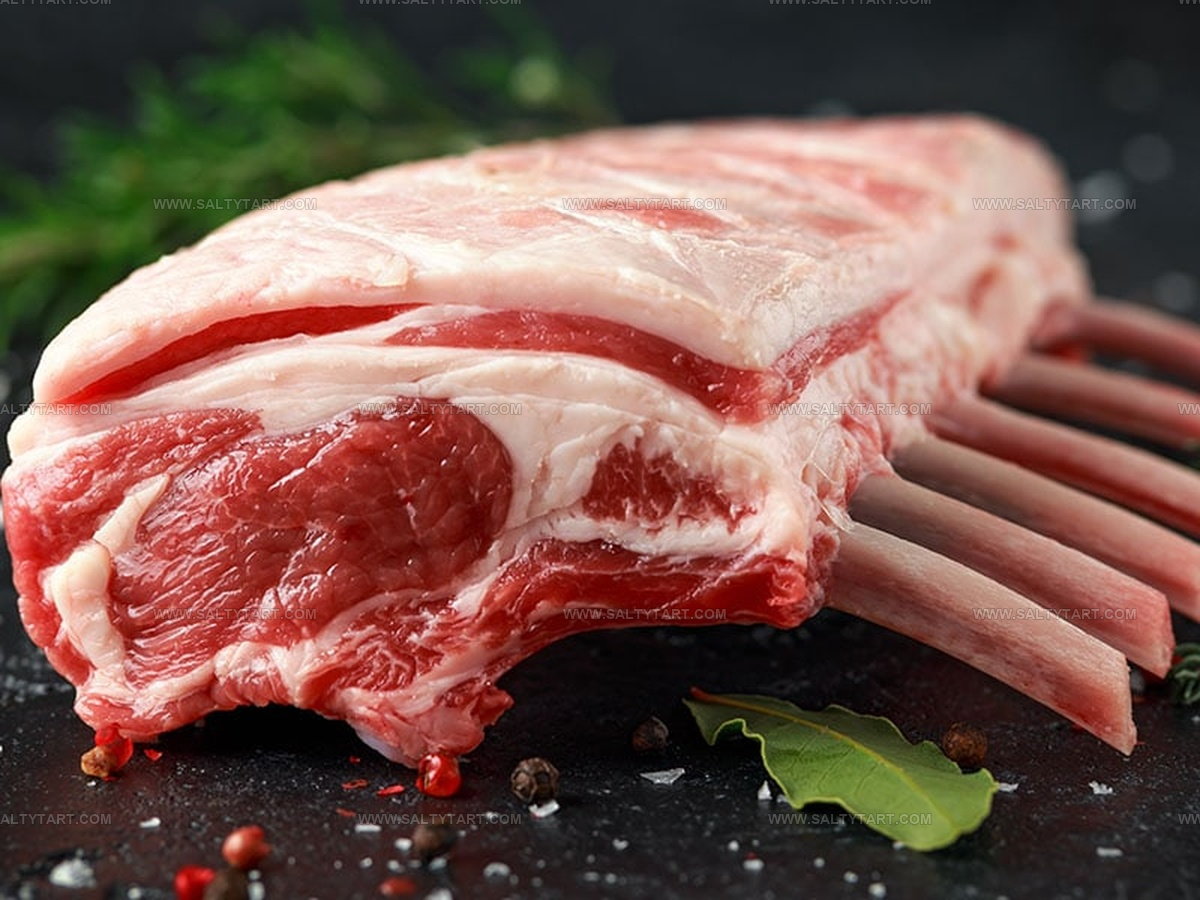
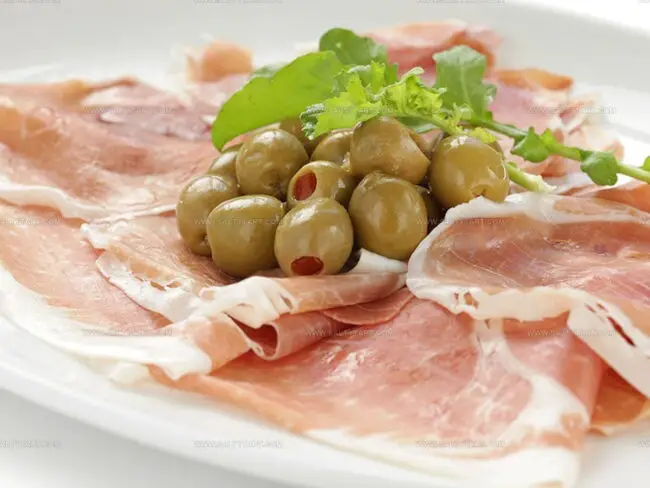
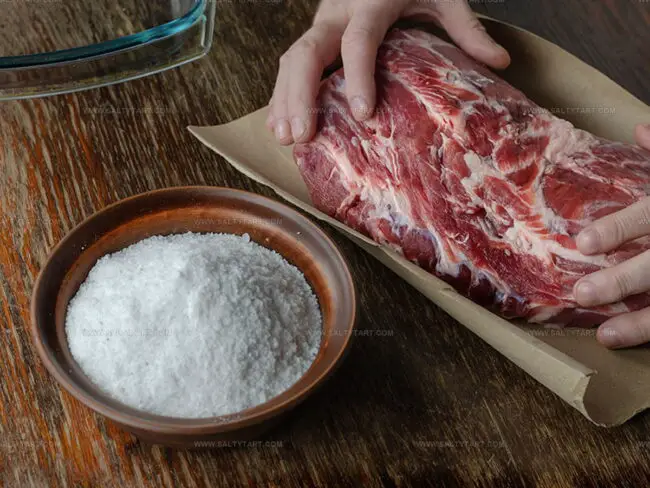

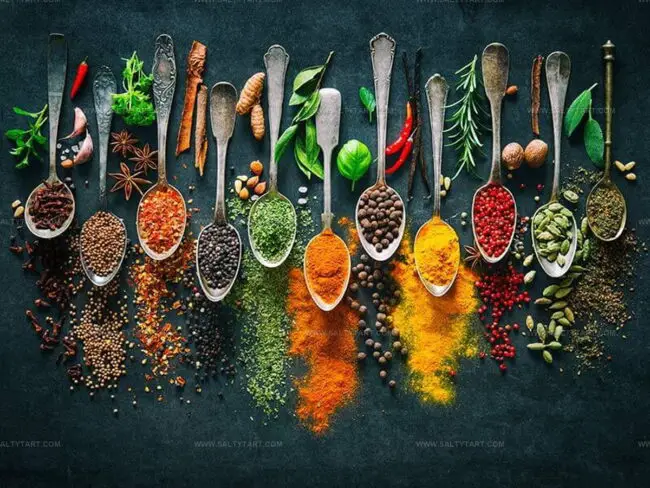

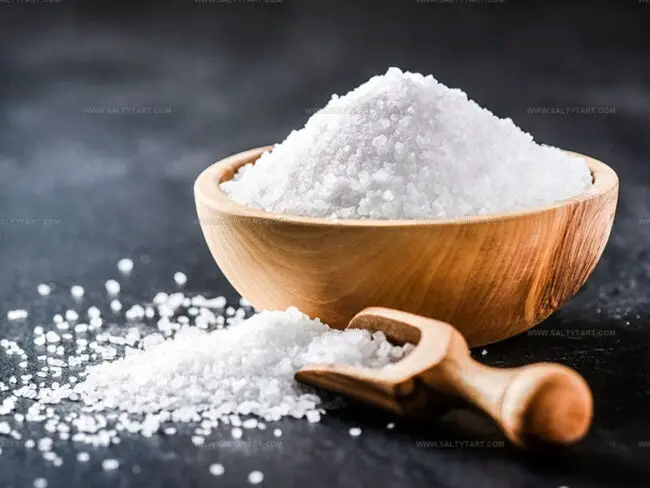
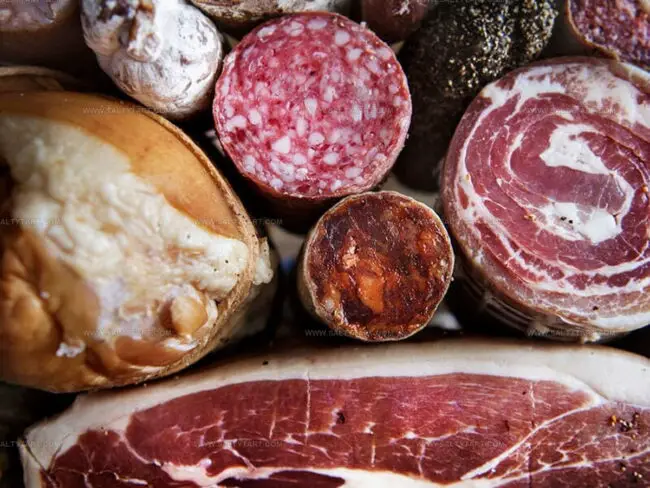

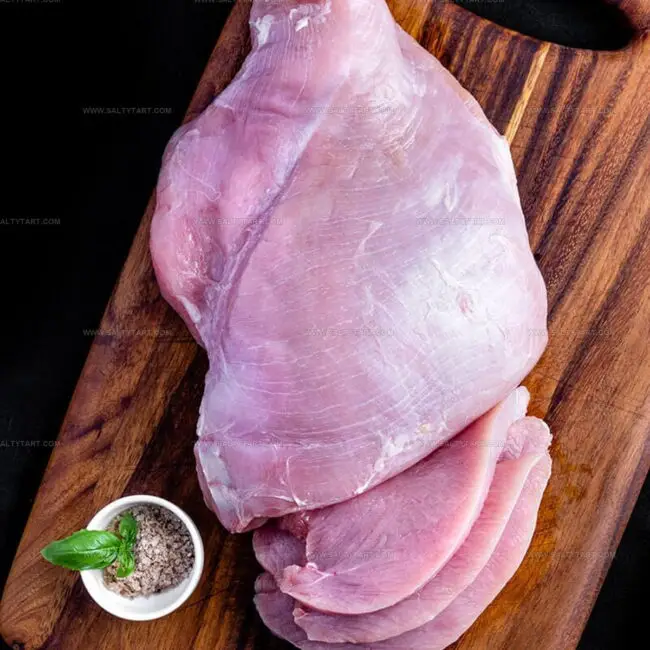
Mike Reynolds
Founder & Recipe Developer
Expertise
Farm-to-table cuisine, Seasonal recipe development, Sustainable cooking techniques, Food photography
Education
Asheville-Buncombe Technical Community College (A-B Tech)
Associate Degree in Culinary Arts
Mike studied culinary arts with a strong focus on farm-to-table principles and sustainable cooking. His training emphasized the importance of fresh, local ingredients and environmentally responsible practices in the kitchen.
Mike’s food journey began deep in the Blue Ridge Mountains, where weekends at farmers’ markets and home-cooked meals sparked a lifelong obsession with simple, seasonal eating.
After earning his Associate Degree in Culinary Arts from Asheville-Buncombe Technical Community College, he set out to bring farm-to-table cooking into everyday kitchens, without the fuss.
Mike’s philosophy is all about keeping it fresh, unfussy, and full of heart. When he’s not crafting new single-serving recipes, he’s hiking mountain trails, chatting with local farmers, or experimenting with wild ingredients in his backyard kitchen.